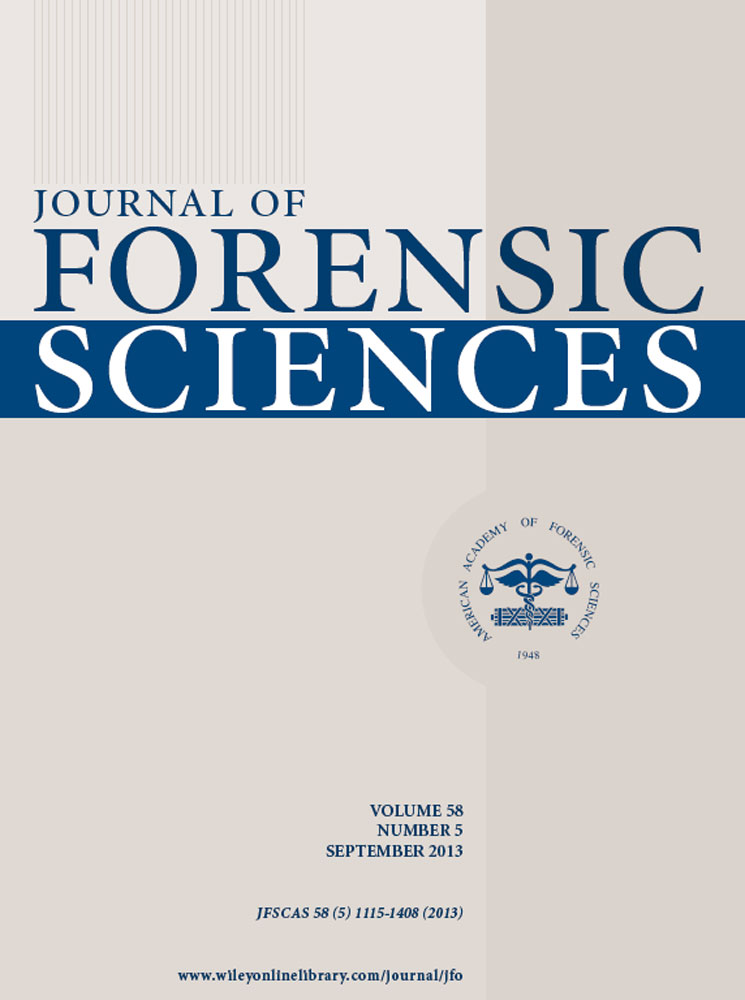Quantified Explosives Transfer on Surfaces for the Evaluation of Trace Detection Equipment†
Presented at the 10th International Symposium on the Analysis and Detection of Explosives, Nov. 22–25, 2010, in Canberra, Australia; the 3rd Annual Trace Explosives Detection Workshop, April 11–15, 2011, in Portland, OR; and the 4th Annual Trace Explosives Detection Workshop, April 16–20, 2012, in Boston, MA.
Funded by the Explosives Cluster of Defence Research and Development Canada (DRDC) Centre for Security Science CBRNE Research and Technology Initiative (CRTI) Program.
Abstract
Trace explosive test surfaces are often required for the evaluation of trace detection equipment to determine the equipment performance. Test surfaces of C-4, Detasheet, Semtex-H, TNT, and HMTD were prepared by transferring trace amount of explosive deposited on polytetrafluoroethylene (PTFE) transfer strips onto different surfaces (Kraft paper, hard plastic, woven fabric, and soft vinyl). The amount of explosive transferred was deduced from the amount of explosive remaining on the PTFE strips after transfer, as quantified by direct analysis using tandem mass spectrometry with thermal desorption. From the data set of over 2000 transfers, we experienced lower transfer efficiency for Semtex-H and Detasheet, and for soft vinyl and hard plastic. However, the rapid quantification mass spectrometric method allowed the transfer efficiency to be determined for all test surfaces used in an evaluation of trace explosive detectors, thereby permitting only the test surfaces with desired transfer to be accepted for the assessment.




